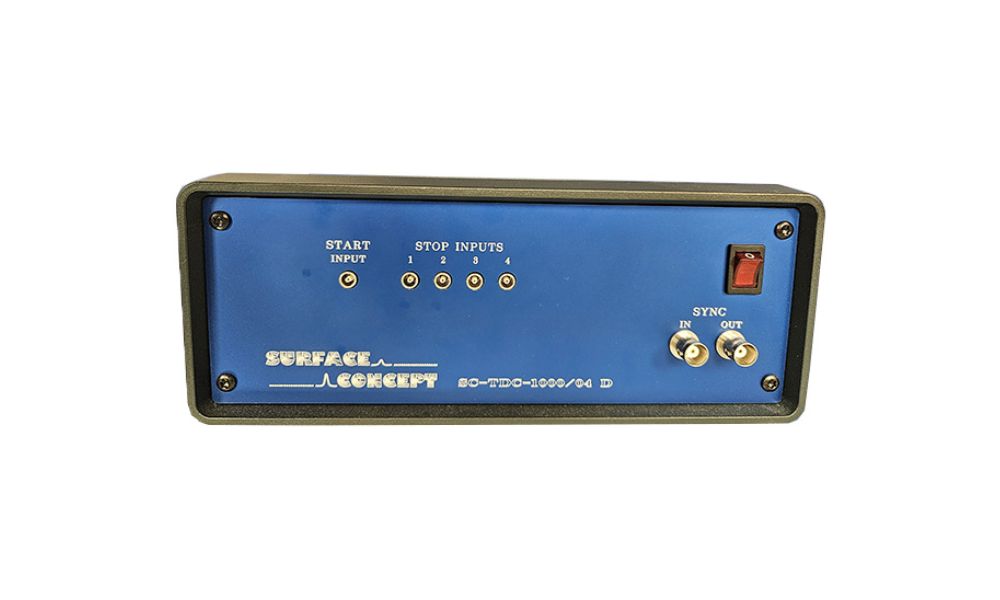Medium energy ion scattering, or MEIS, is a powerful analytical tool that is useful in the materials science community. It allows for precise and non-destructive analysis of the near-surface regions of solids. Scientists and researchers are using MEIS to gain valuable insights into the composition, structure, and stoichiometry of materials. Today, Precision Measurement Technologies will explain what you need to know about medium energy ion scattering, including the basics and how it can benefit various industries.
Understanding the Essentials of MEIS
MEIS involves directing a stream of ions, typically in the energy range of 100–500 keV, onto a sample for analysis. The collision of high-energy ions with atoms in the sample causes some of the sample’s atoms to be scattered. By measuring the energy and angle of the scattered ions, you can extract detailed information about the sample’s surface.
The most common setup of MEIS includes an ion source, a high-vacuum chamber, an analyzing electrostatic spectrometer, and a detector system. The ion beam is scattered from the sample surface, and the energies and angles of the scattered ions are measured. You can process this information to yield surface structure data, such as interatomic spacings and crystallographic orientations.
Applications and Advantages in Materials Science
MEIS has numerous applications in materials science, like semiconductor technology, thin film growth, catalyst research, and interface analysis. It is particularly useful for characterizing the composition of multilayer thin films and studying surface reconstructions, surface defects, and surface segregation. One of its key advantages is its sensitivity on an atomic scale, allowing researchers to explore surface changes that occur during reactions or other processes.
Something to know about medium energy ion scattering is that the precision of MEIS makes it invaluable for verifying the results of other surface analysis techniques. It can provide detailed, quantitative analysis of the surface, which is not easily achievable with other methods. Furthermore, it can provide in-depth elemental profiling, which is crucial for understanding the chemistry and physics of materials.
Current Research and Future Directions
The field of surface science is rapidly advancing, and MEIS is at the forefront of progress. Current research using MEIS includes studies on quantum dot structures, graphene, and self-assembled monolayers. Scientists are using MEIS to investigate the growth and properties of these materials at the atomic level.
Future directions for MEIS will likely involve improvements in sensitivity and signal-to-noise ratio, which will enhance our capability to study complex surface phenomena. There is also ongoing work to expand the technique’s applications, aiming to make it more versatile in addressing the demands of emerging materials and technologies.
If you’re passionate about pushing the boundaries of materials science and uncovering the secrets of surface properties, Precision Measurement Technologies is your next step forward. We invite researchers, scientists, and innovators to join forces by leveraging advanced techniques like medium energy ion scattering and integrating the power of electron spectroscopy. Together, we can unravel the complexities of material surfaces with unprecedented precision and contribute to the groundbreaking discoveries that shape our future. Explore the possibilities with us, and take your research to new heights! Contact us today to discover more about how our solutions can enhance your projects today.

